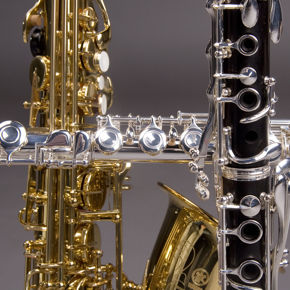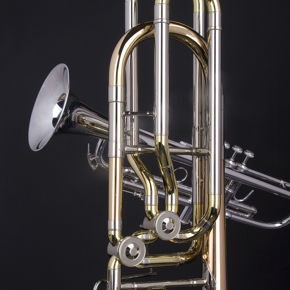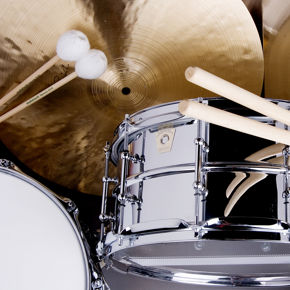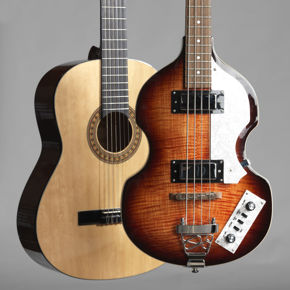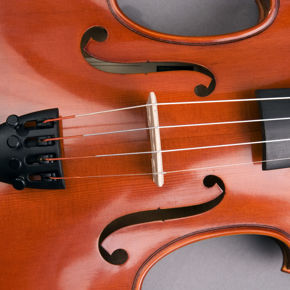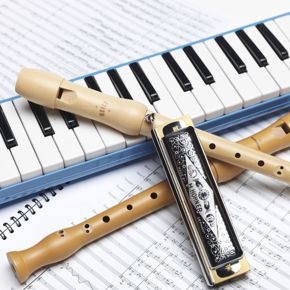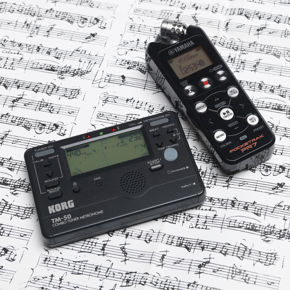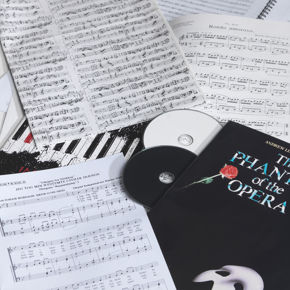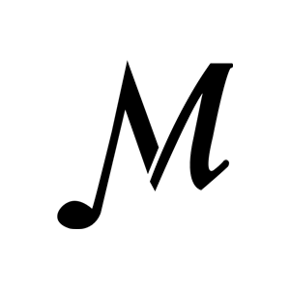Intrada Festiva Passio for Brass Quartet and Organ (Timpani ad lib.), Hans-André Stamm
Tilgjengelighet: På lager
Intrada festiva & Passio for Brass quintet and Organ
The work begins with the alternation between powerful organ chords and brass fanfares. As a second theme the 1st trumpet intones a lyrical theme. Further chord changes between organ and winds and a continuation of the lyrical theme lead to a lead-throughlike ascending section, which leads to a brilliant conclusion.
Passio for brass quintet and organ, timpani ad lib. (duration: 5.30)
Consists of two parts: the first, slowly striding and rising in cluster-like chords, symbolizes the transition, that which the word Passio means, to the resurrection, which is represented in the toccata-like second part by the use of the chorale Christ has risen alternating between dramatic and heroic passages. The work ends in an upward movement that becomes quieter, finally in pianissimo.
About the Composer
Hans-André Stamm
born in 1958 in Leverkusen, Germany, started to study organ and piano at the age of seven.
With 11 he started to tour in Germany and abroad as an organ virtuoso.
His first recording was published when he was 13. As soon as he turned 16 he gave a solo recital at Notre Dame cathedral, Paris.
From 1973 to 1976 he studied organ at the conservatory of Liège, Belgium with Hubert Schoonbroodt.
Having obtained the Premier Prix avec distinction and the Diplôme supérieur (1976) he graduated at the Robert Schumann Conservatory at Düsseldorf. Studies in musicology at the University of Bonn led to the construction of the Enharmonic Pipe Organ according to the plans of Prof. Dr. Martin Vogel, an instrument in just intonation with 48 pipes per octave, which served for his research in microtonal music. Since 1983 he composed and published organ-, chamber- and orchestral music and recorded several CDs.
Organ Virtuoso
As an excellent organ virtuose he is not only interpreting classical organ works but also promoting his own compositions for this versatile instrument.
Watch Hans-André Stamms videos on YouTube!
Due to the already existing extensive repertory of organ music in general and a large variety of master pieces from all stylistic epochs, Hans-André Stamm aims to break up with the static sound patterns by including dance-like rythms. He is therefore integrating elements from different cultures, diverse play variations and unique metres such as those typically found in celtic, latin-american or slavic music. Hans-André Stamms organ works are characterized by mainly joyful and lively sounds and thrive in their very own melodic language.

